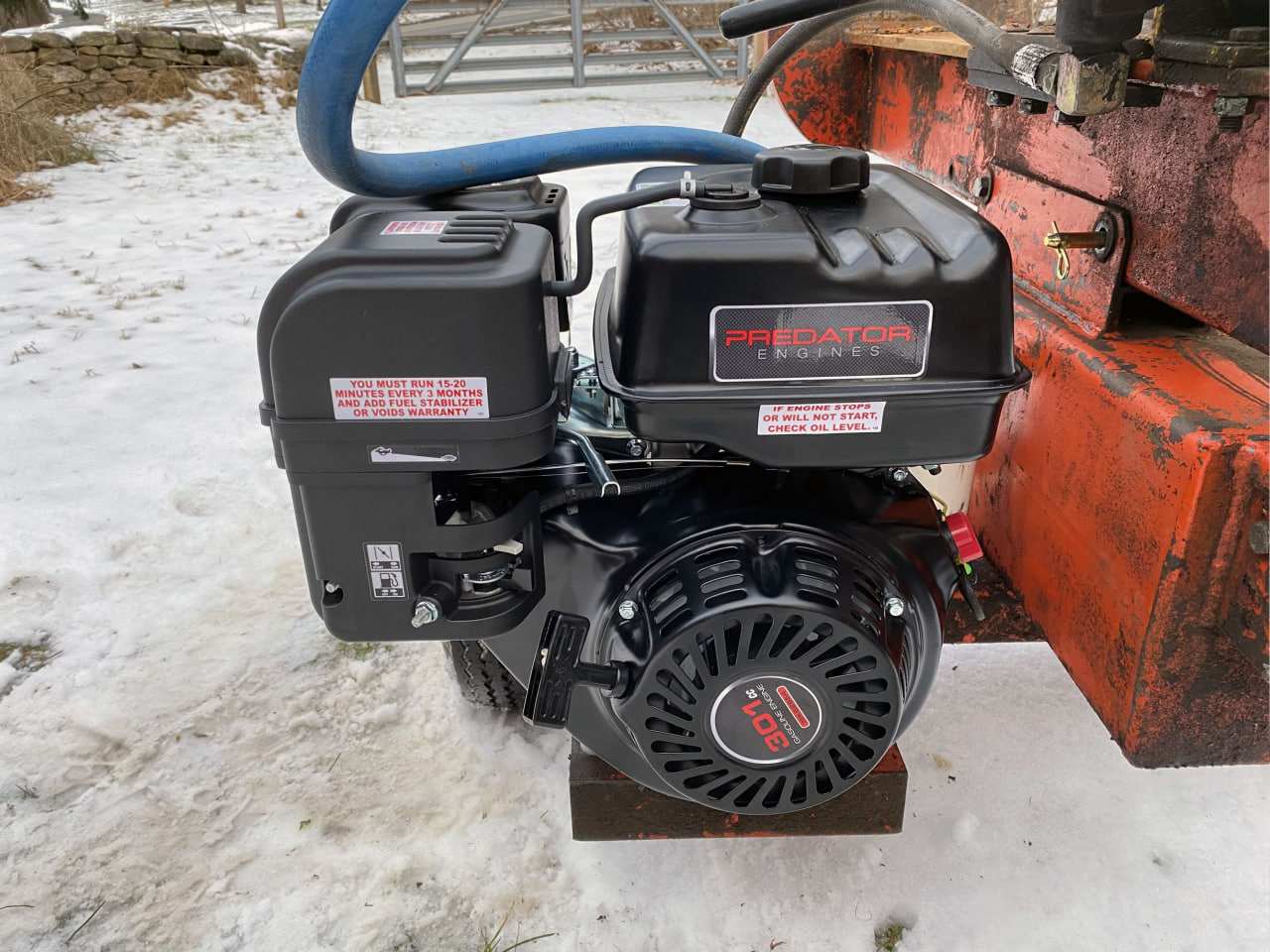What Type Of Oil Does A Predator 212 Take

The Predator 212 engine, a popular choice for go-karts, mini-bikes, and other small engine applications, has garnered significant attention for its performance and affordability. Understanding the optimal oil type is crucial for maximizing its lifespan and ensuring reliable operation. This article delves into the technical aspects of oil selection for the Predator 212, comparing alternatives, analyzing performance, and offering maintenance tips for automotive professionals.
Technical Specifications and Engineering Considerations
The Predator 212 is a 212cc single-cylinder, air-cooled, four-stroke engine. Its design inherently places demands on the lubricating oil. The primary function of the oil is to reduce friction between moving parts, such as the piston, connecting rod, crankshaft, and camshaft. It also plays a vital role in cooling, cleaning (by suspending contaminants), and sealing the piston rings against the cylinder wall.
The engine's operating environment, characterized by relatively high temperatures and speeds (especially in modified applications), necessitates an oil that can maintain its viscosity and lubricity under stress. While the manufacturer typically recommends a SAE 30 oil, this is a general guideline. The specific application and climate conditions should heavily influence the final oil choice. A straight-weight SAE 30 is acceptable for moderate temperatures, but a multi-grade oil may offer superior performance in fluctuating or extreme conditions.
Oil Type Alternatives and Their Performance
Several oil types are commonly used in small engines like the Predator 212. These include:
- SAE 30: A mineral-based, straight-weight oil suitable for warmer climates and consistent operating temperatures. It's a cost-effective option and generally readily available.
- SAE 10W-30: A multi-grade oil offering better cold-start protection due to its lower viscosity at lower temperatures. It maintains sufficient viscosity at higher operating temperatures, making it versatile for various climates.
- SAE 10W-40: Similar to 10W-30 but with a slightly higher viscosity at operating temperatures. This can be beneficial in high-performance applications or engines experiencing oil consumption issues.
- Synthetic Oils (e.g., 5W-30, 5W-40): Synthetic oils offer superior protection against thermal breakdown, oxidation, and wear. They generally provide better cold-start performance and maintain their viscosity characteristics over a wider temperature range.
The choice between these alternatives hinges on the specific application. For a stock Predator 212 used in moderate climates, a high-quality SAE 30 or 10W-30 mineral oil may suffice. However, for modified engines, those operating in extreme temperatures, or applications demanding peak performance, a synthetic oil is highly recommended. Synthetic oils typically offer superior lubrication and can extend engine life, although they come at a higher cost.
Pros and Cons of Different Oil Types
Let's analyze the advantages and disadvantages of each oil type:
- SAE 30:
- Pros: Affordable, readily available, suitable for warm climates.
- Cons: Poor cold-start performance, less resistant to thermal breakdown compared to synthetics, less suitable for fluctuating temperatures.
- SAE 10W-30:
- Pros: Improved cold-start performance compared to SAE 30, versatile for various climates.
- Cons: May not offer the same level of protection as synthetics in extreme conditions.
- SAE 10W-40:
- Pros: Higher viscosity at operating temperatures, potentially beneficial for high-performance engines or those with oil consumption issues.
- Cons: Can slightly increase drag and reduce fuel economy compared to lower viscosity oils.
- Synthetic Oils:
- Pros: Superior protection against wear, thermal breakdown, and oxidation; excellent cold-start performance; extends engine life.
- Cons: Higher cost, may not be necessary for all applications.
Reliability Aspects and Maintenance Tips
Regardless of the chosen oil type, regular maintenance is crucial for ensuring the reliability of the Predator 212. Oil changes should be performed at the manufacturer's recommended intervals, or even more frequently in harsh operating conditions. Regularly checking the oil level is also essential to prevent engine damage. Use a dipstick and ensure it is between the minimum and maximum marks. Overfilling or underfilling the engine with oil can lead to lubrication issues and potential engine failure.
Proper break-in procedures are critical for new engines. Follow the manufacturer's recommendations for initial oil changes. The first oil change typically occurs after a few hours of operation to remove any manufacturing debris. After this, the oil should be changed on a regular basis.
Future Trends
The automotive industry is rapidly evolving, with a growing emphasis on electric vehicles and advanced engine technologies. While the Predator 212 is a relatively simple engine, advancements in oil technology will continue to improve its performance and longevity. We can expect to see further development of synthetic oils with enhanced additives designed to provide even greater protection against wear and thermal breakdown. Furthermore, the increasing focus on sustainability may lead to the development of more environmentally friendly oil formulations.
As automotive professionals, it's crucial to stay informed about these advancements and adapt our maintenance practices accordingly. Understanding the specific requirements of each engine, including the Predator 212, is essential for providing optimal service and ensuring customer satisfaction. The correct oil choice, combined with diligent maintenance, will maximize the lifespan and performance of this popular small engine.
